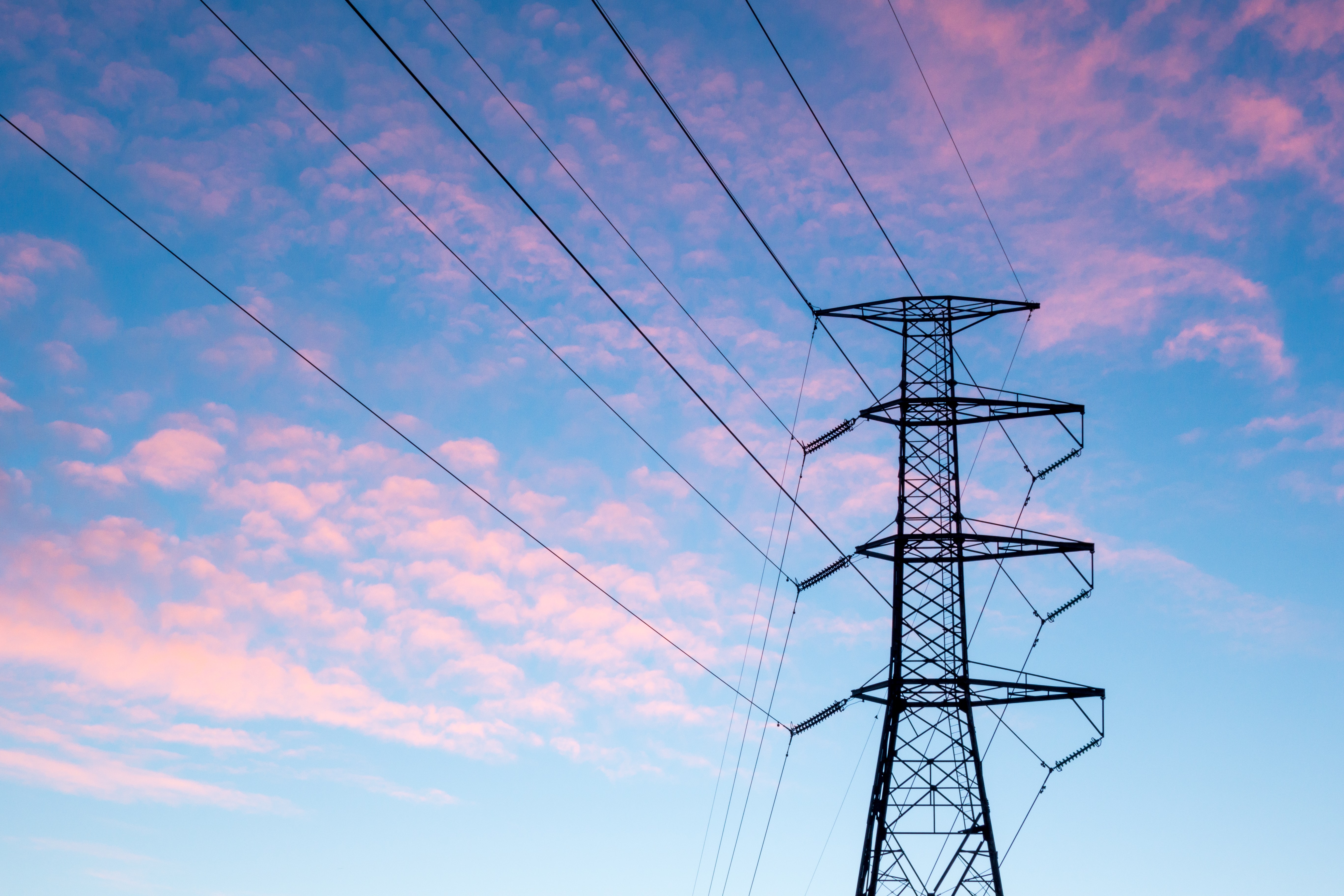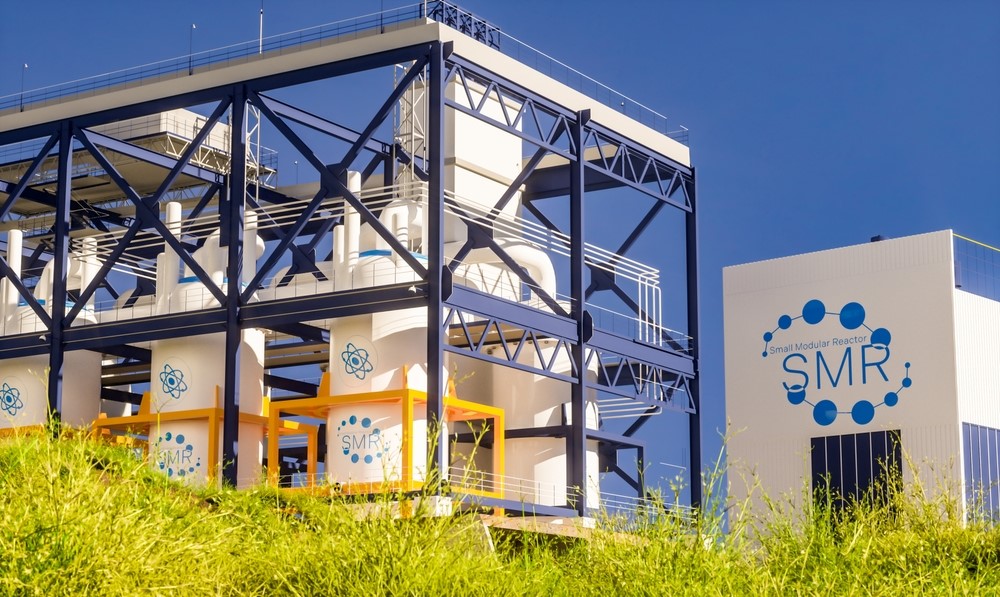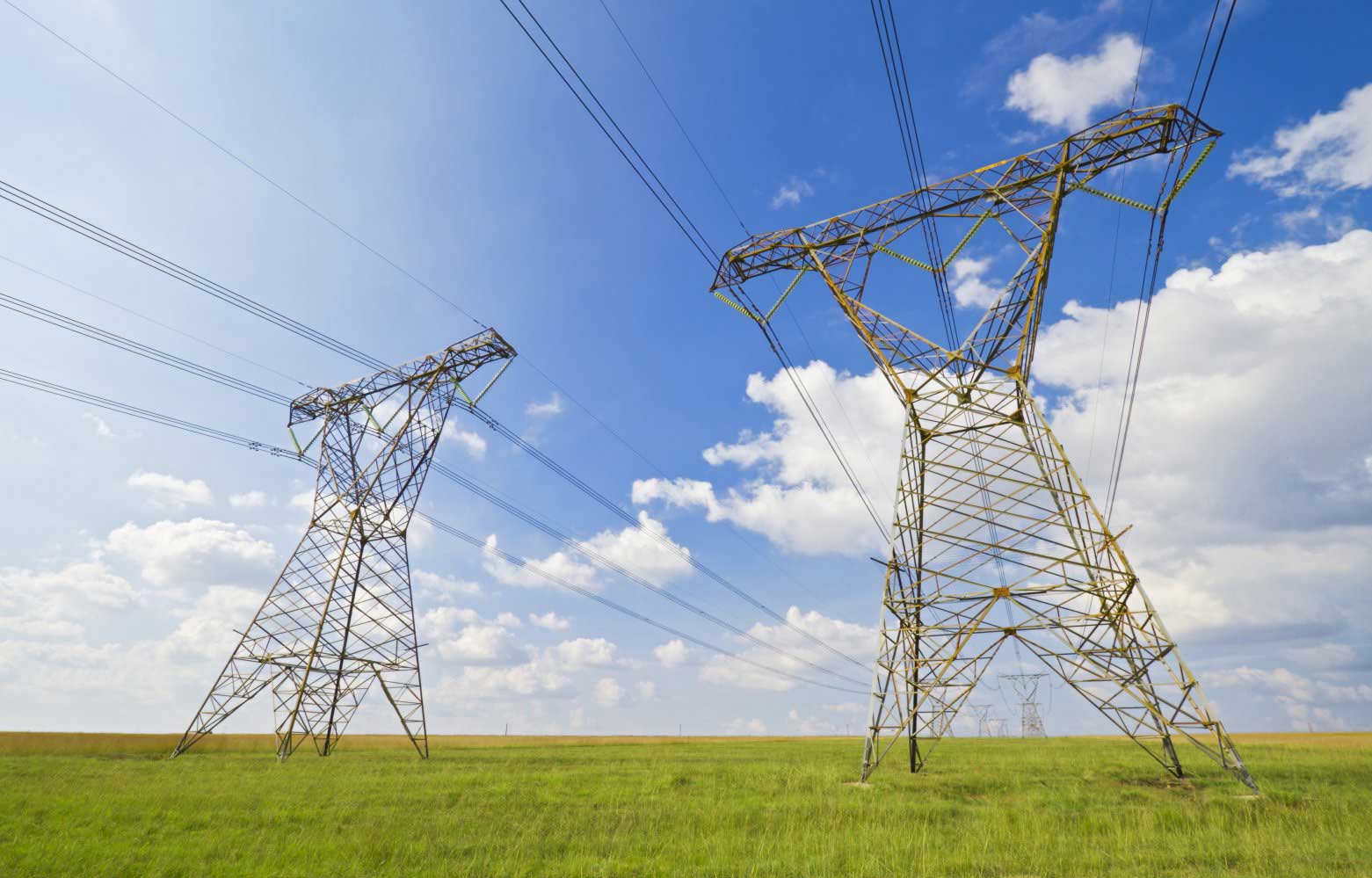Eninrac’s insights upon Recovery of legacy dues in the Deviation Settlement Mechanism (DSM) Pool Account in pursuance of DSM Regulations, 2024. NLDC’s communication reflects ambiguity in the minds of some of the discoms about the order dated 15.10.2024 of the Commission approving the detailed procedure for recovery of charges in case of deficit in the DSM Pool Account. For the sake of clarity and to ensure timely payment of the DSM dues, the Commission clarifies that the methodology approved in the detailed procedure vide the Order dated 15.10.2024 is applicable for recovery of charges in case of the deficits in the DSM Pool Account "as on and from 16th September 2024."
Eninrac Insights: Non-Payment of Dues and Its Impact on Ancillary Service Providers
1. Ancillary Service Providers:
• Delayed Payments: The non-payment of dues directly leads to delays in compensating ancillary service providers, potentially creating financial stress for entities reliant on timely payments for operational continuity.
• Erosion of Trust: Persistent delays may reduce trust in the regulatory framework and discourage ancillary service providers from actively participating in the grid security market.
• Reduced Capacity for Services: Financial uncertainty could limit the ability of ancillary service providers to maintain or scale their operations, affecting their capability to support grid stability during high-demand periods.
2. Grid Reliability and Security:
• Operational Risks: Ancillary service providers play a critical role in managing grid deviations and ensuring stability. Any financial disincentive may result in fewer ancillary services being available, increasing the risk of grid instability.
• Emergency Preparedness: In times of peak demand or unexpected outages, the lack of robust ancillary service support could jeopardize emergency response capabilities.
3. Consumers:
• Service Reliability: A shortage of ancillary services may lead to more frequent and prolonged outages, impacting industries, households, and essential services.
• Economic Impact: Industries reliant on consistent electricity supply may face operational disruptions, indirectly affecting employment and economic productivity.
4. Distribution Companies (Discoms):
• Operational Challenges: Discoms might face reputational and operational issues if ancillary service providers refuse or limit their services due to delayed payments.
• Increased Costs: Discoms may need to resort to more expensive alternatives to manage grid deviations, further straining their financial resources.
5. Regulatory Framework:
Cascading Deficit Issues: Non-payment of dues creates a feedback loop of financial stress, undermining the stability of the DSM Pool Account and necessitating additional interventions from CERC.




